Compare Light Fixtures
|
The first task when creating a lighting plan is to assess the activities that will occur in the space, from cooking to entertaining and other activities.
The three basic types of lighting are general, which provides basic light for the room; task lighting, which highlights a specific work area; and accent lighting, which can create a focal point in the room. Types of lighting should be layered within a space.
The location of counters in the general layout of the room is important in the placement of lighting fixtures.
When designing lighting for cooking, it is important to have adequate light and a good distribution of light for general illumination. Multiple sources are best, so the light is coming in from different directions.
- Accent lighting can provide visual interest and a focal point in the room.
- Under-cabinet lighting does a terrific job of providing task lighting for countertop activities. It is shadow-free and provides a nice architectural feature since it emphasizes the shape and contour of the kitchen.
- Center islands provide wonderful design opportunities for lighting, from simple recessed downlights for task lighting, to pendants or decorative lights that provide ambient or diffused light. General lighting in the center of the room can be recessed cans or more visible pendant lights.
The quality of the light and bulbs will affect the atmosphere in the room. Incandescent light provides soft, warm yellowish light, usually used for recessed cans or downlights. Halogen lights produce a crisp white light that is appropriate for task lighting; fluorescent lights, which have a long life and low energy use, now come in many different shades from warm to cool.
Accent lighting creates a focal point by drawing the eye to a particular object. It can be used to highlight architectural features like a coffered ceiling, arches, or artwork and special collections on display. Cove lighting provides soft, indirect light.

 Close to Ceiling
Close to Ceiling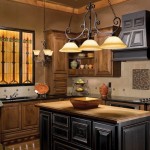
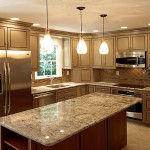
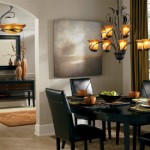
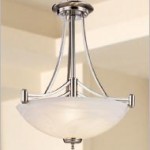

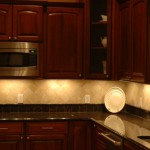
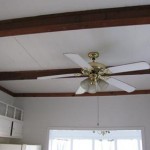

Leave a Reply
You must be logged in to post a comment.